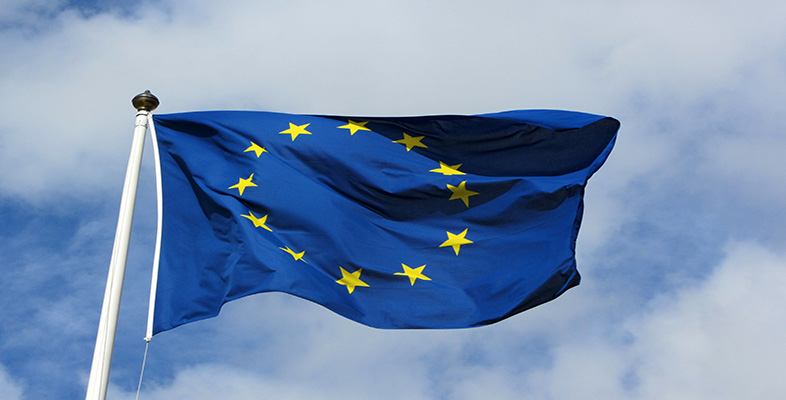1.5 European identity
1.5.1 A true community of Europeans?
Ray Hudson (Hudson and Williams, 1999) has maintained that the formation of a true community of Europeans is important and desirable, and that it will not follow automatically from the converging of linguistic and cultural practices. It is difficult to envisage the disappearance of national differences, though they may be less pronounced in the future. What seems to be clear for Hudson is that only by looking at the future can a European identity be created; the past, unless highly sanitised, is likely to remain controversial and divisive. Europe, in his view, has to be invented; it is essential to construct an imagined community. This will inevitably make some people part of the in-group and others of the out-group; where to draw the boundaries is another matter. In reply to his critics, Hudson has suggested that increasing Europeanisation will not necessarily lead to a ‘fortress Europe’. It could equally, and perhaps even more likely, have the opposite effect, that is, make life easier for immigrants, asylum seekers, and so on. It is probable that the existence of a strong European citizenship will contribute to an increase in all kinds of rights for a variety of ‘alien’ groups.
There is another way of creating unity: from bottom to top. According to Borneman and Fowler (1997) a number of areas can be mentioned.
-
Teaching of foreign languages. There are at least 70 languages spoken in Europe, and 15 of them are official in the EU. Although English dominates in a number of areas (popular music, science, business, tourism, and so on), multi-linguistic competence will still be required. It is open to argument whether English domination will lead to Europeanisation (it is, after all, a global language).
-
Increased exchanges at all levels (educational, cultural, and so on).
-
Teaching an agreed curriculum on European history.
-
Development of common European symbols – community of destiny (avoiding wars, preserving environment, and so on); community of values (tolerance, freedom, human rights, solidarity, and so on); community of life (active role of individuals in the making of Europe).
-
Presence of Europe in the world arena (common defence, common foreign policy, and so on).
-
Encouraging cultural tourism. Unlike mass tourism, which reinforces stereotypes, cultural tourism can help to dismantle prejudices and contribute to the creation of a genuine respect and appreciation for other cultures and languages.
-
Some authors maintain that sport can help in the process of creating unity, even if they acknowledge that it can be a way of venting national passions. It can be argued, however, that the increased Europeanisation of sport will promote a certain amount of European consciousness.
-
Marriage and other unions across European nations are on the increase. In these cases the family unit becomes a microcosm of diversity, mirroring the wider European dimension and creating a space in which cultural, religious and other identities coexist and have to be negotiated.
-
Europe as a cultural actor is an option defended mostly by French intellectuals as a way of opposing the penetration of American culture, particularly in the area of the audio-visual. In fact, this is a rather élitist position that is not shared by the people of Europe who vote with their feet concerning cultural products: 70 per cent of the market is dominated by American movies. Another concern about the so-called European cultural market is the fact that 93 per cent of European movies stay within their countries of origin. Furthermore, it is difficult to see how a continent so diverse linguistically and culturally can present a united front, unless it is to defend national cultures.
